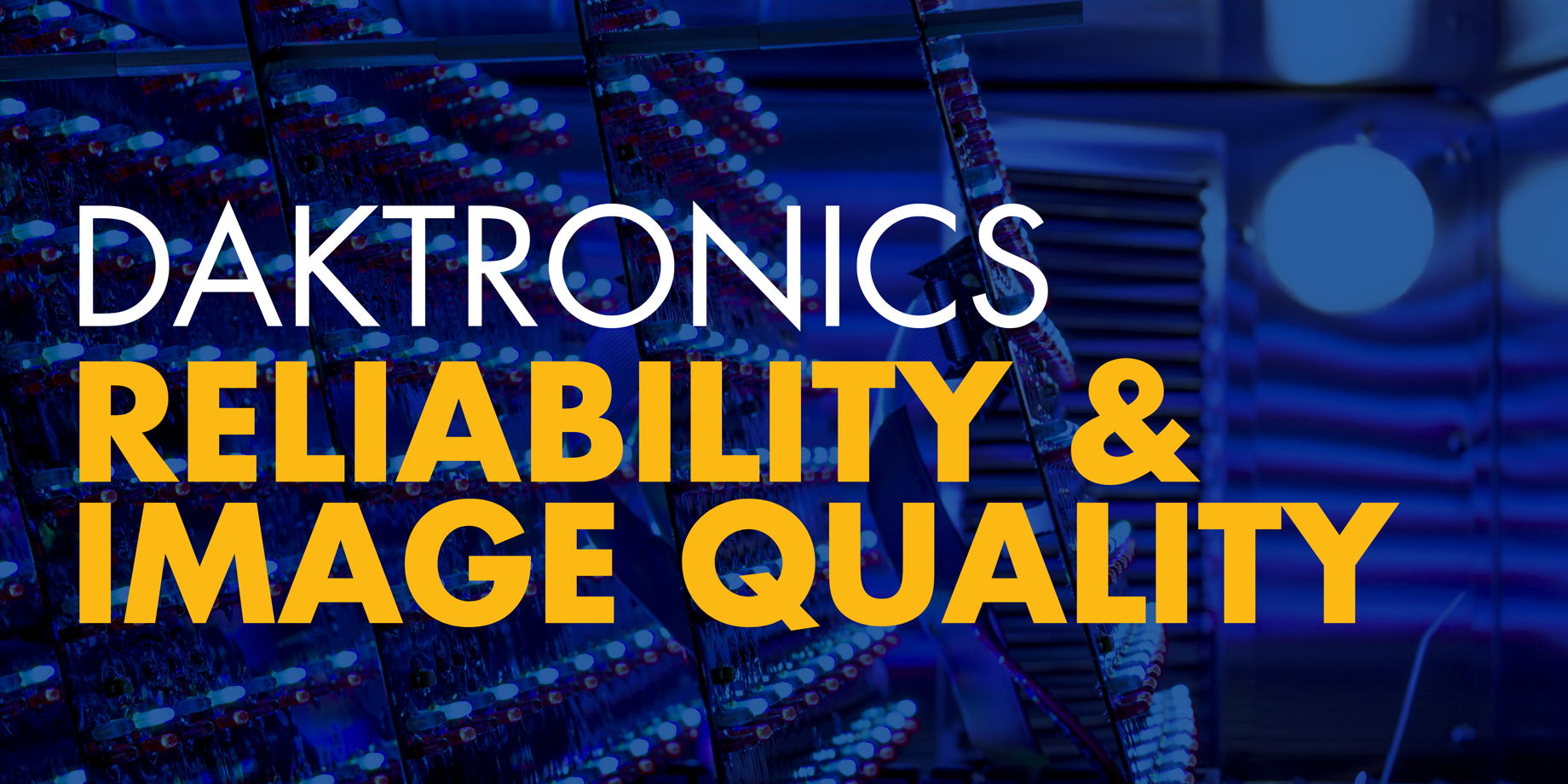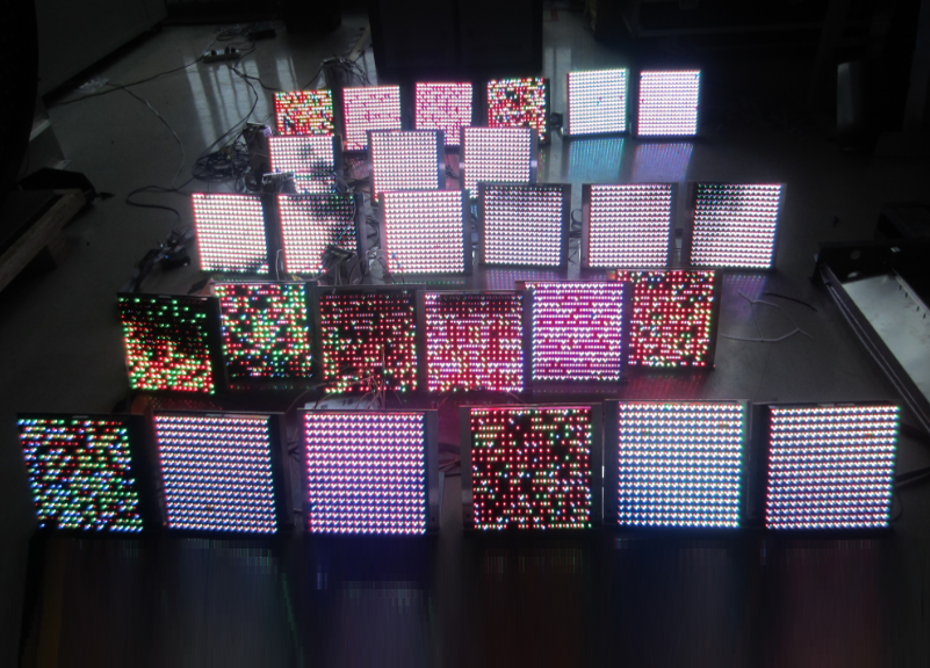Looking for a Digital Display? Product Reliability and Image Quality Matters!
If you’re in the market for a digital display, this post is for you. Review information we’ve pulled together for you about how testing impacts quality and reliability.
9/27/2019
Categories: Business & Community, High School Sports, Out of Home Advertising

Low-quality LED signs have flooded the market in the technology’s wave of popularity. Today, someone interested in a digital display can actually order sight unseen, from overseas.
Why should you be concerned about buying a low-cost display? LED signs are all the same, right?
Before buying a digital display, find out how different LED signs can be from one another. Go beyond price to consider reliability, lifetime and image quality.
Product testing
Today, let’s
take a look at a display’s most important property—its image quality. Does the
product you’re looking at undergo testing to make sure it looks great from fire
up to end of life?
The Daktronics Lab Services team measures display visual performance using their Image Quality Measurement System (IQMS) that measures those important display. These include luminance, maximum viewing angles, color range, uniformity (no quilting effects) and ambient contrast ratio.
The team evaluates how the product design stands up to challenges such as:
• Ambient light
Glare from the sun or overhead lighting can reflect from the display.
• Different vantage point
Different spots viewers occupy in relation to the display.
• Display uniformity
We look for inconsistencies in the display that distract from content.
The Daktronics Lab Services team considers image reliability as a key part of their responsibilities. Our Combined Environment Reliability Test replicates 10 years of environmental stress in a matter of months, giving us an accurate picture of design failure points and lifetime performance.
Ambient contrast ratio
Those in the industry consider the ambient contrast ratio the most important aspect of a display’s performance. This ratio will be the most noticeable difference between two displays. With this in mind, we engineered our louvers to eliminate sun glare, while maintaining maximum viewing angles. The LED color pops because of the deepest black contrast on the market. Greater contrast ratios are proven to attract the eye and increase viewer comprehension rates.
These two specific examples of testing also impact image quality. Electrostatic discharge tests to see if products operate without discolorations, blank areas, color patterns or flickering when exposed to static occurring during manufacturing, shipping and usage. Another test for sunlight and weathering checks the plastic, paint and LED degradation of each module in the display’s face.
Lower the LED cost, greater the failure rate
As part of our ongoing product development research, we also continuously test different LED brands on the market to find the best value for customers.
In one common test, we put competitor modules through reliability testing. The LEDs are subjected to a temperature cycle test designed to speed up degradation. The test chamber cycles the temperature from -40°C to 105°C and back to -40°C, over the course of 2 hours.

Normally, we test our modules for thousands of cycles in order to replicate the real display lifetime in various climates in the U.S.A. These competitor modules show deterioration after only 200 cycles because of partial, or complete, pixel failure.
The number of failures per module inversely correlates to the cost of the LEDs. In other words, the lower the LED cost, the greater the failure rate. Tests like this help us to evaluate component sources before we include them in our products.
Federal Communications Commission
We’ve seen an increase in Federal Communications Commission (FCC) presence in our industry. It is vital for buyers of LED displays to understand this and do their research. All electronic devices used in the U.S.A. must be tested to comply with FCC guidelines.
Look out for equipment imported to the U.S. from other countries. We are aware of equipment sold here that hasn’t been properly tested and doesn’t meet guidelines.
FCC’s aggressiveness in enforcing their requirements is growing. Only a certified laboratory can validate that a display complies with the FCC guidelines. It’s so important to buy from reputable people who make sure their products meet the FCC standards and that they stay compliant. (See more FCC information.)
We hope this information will help you find a rugged LED display with outstanding image quality and reliability. With a purchase of this significance, take time to educate yourself and be cautious when you evaluate overseas equipment. For more information about reliability, visit www.daktronics.com/reliability
